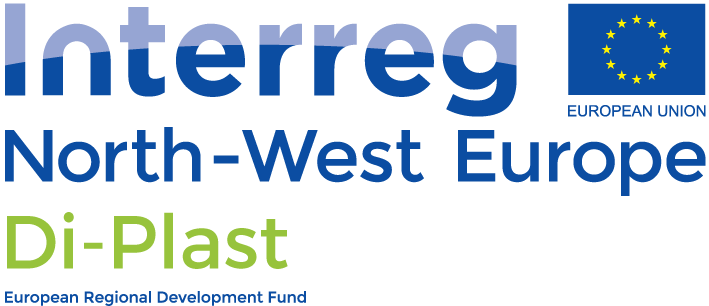This page (revision-42) was last changed on 12-Sep-2022 10:58 by Christoph Kugler
This page was created on 10-May-2022 15:35 by Christoph Kugler
Only authorized users are allowed to rename pages.
Only authorized users are allowed to delete pages.
Page revision history
| Version | Date Modified | Size | Author | Changes ... | Change note |
|---|---|---|---|---|---|
| 42 | 12-Sep-2022 10:58 | 5 KB | Christoph Kugler | to previous | |
| 41 | 12-Sep-2022 10:57 | 5 KB | Christoph Kugler | to previous | to last |
Page References
| Incoming links | Outgoing links |
|---|---|
